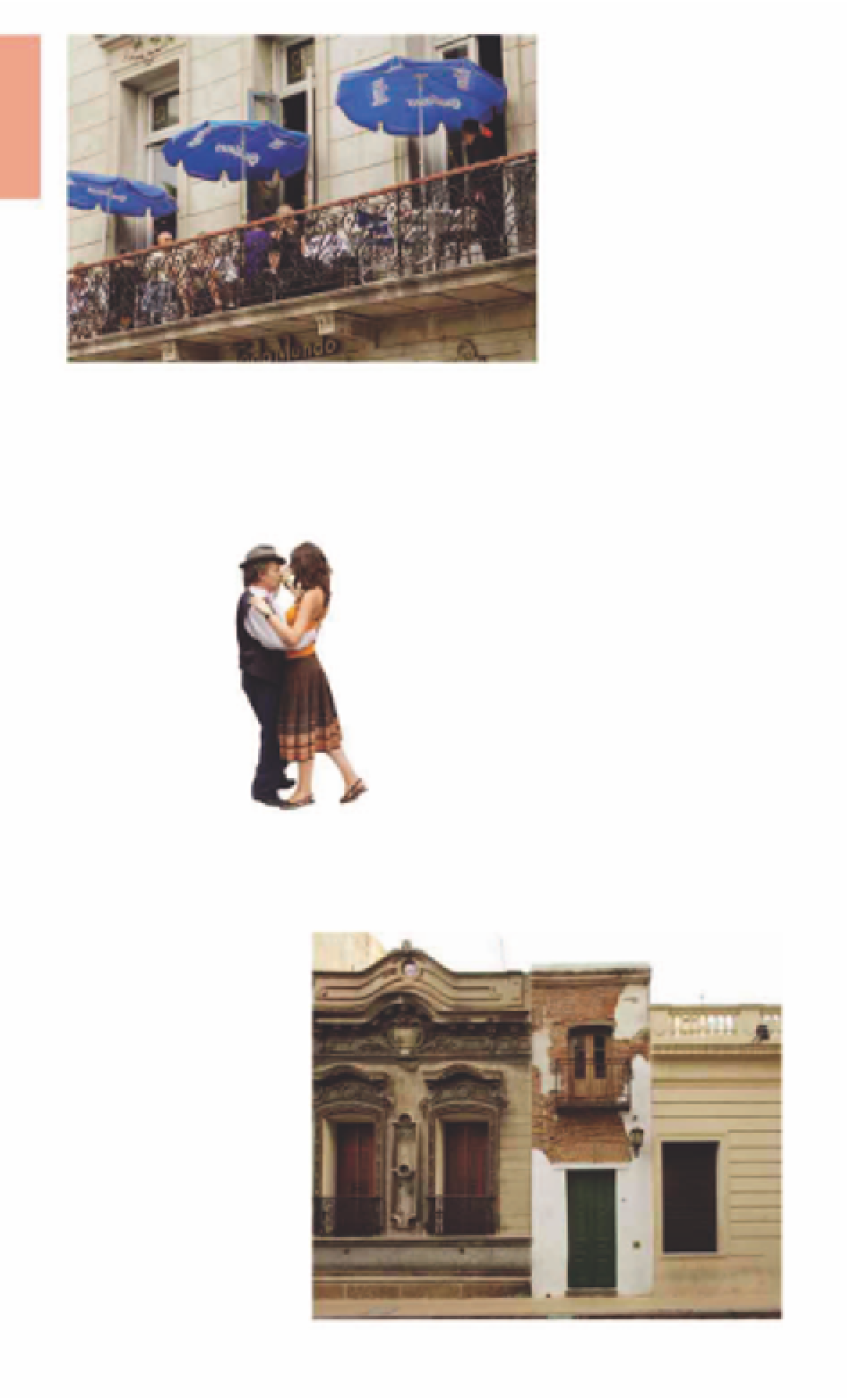Travel Reference
In-Depth Information
2
El Zanjón and
Casa Mínima
Defensa 755.
City Map
1 E1.
Te l
(011)
4361-3002.
@
24, 29, 130, 152.
Open
only guided tours.
&
8
El
Zanjón: noon, 2pm, & 3pm Mon-Fri
(in English), 1-6pm (every 20 mins)
Sun; Casa Mínima: 4pm Fri (call in
advance).
∑
elzanjon.com.ar
El Zanjón is a restored residence
where the living conditions of
urban Argentinians can be
traced for over three centuries.
It is an eclectic mix of an 1830s
façade, 18th-century fixtures
and fittings, and even older
inner walls. During colonial
times, a rivulet known as
El Zanjón de Granados flowed
through this spot and was used
to remove sewage. French tiles,
African pipes, English china,
and other objects have all been
found on the site, indicating the
cosmopolitan traffic that
passed through here.
A two-minute walk away,
on Pasaje San Lorenzo, is
Casa
Mínima
(Minimal House), an
example of the only truly
indigenous architectural style
to come out of Buenos Aires,
the
casa chorizo
(sausage
house). These are long, thin
dwellings with a narrow
frontage and a corridor that
stretches about half a block
deep. The Casa Mínima was
built in the 1880s by freed
slaves on a tiny parcel of land
granted to them by a bene-
volent master.
The balcony terrace of a lively café overlooking Plaza Dorrego
1
Plaza Dorrego
Cnr Defensa & Humberto 1°.
City
Map
1 E1.
@
24, 29, 126, 130, 152.
A lively and bustling area, Plaza
Dorrego is popular with visitors
wishing to take time
out from walking
around the city. It is an
ideal place to while
away time, lounging
over a beer or coffee.
Located in the heart
of the San Telmo
barrio, this small
cobblestoned plaza
was formerly the station
for carriages and carts
passing through the
city and is the oldest
city square after Plaza
de Mayo. Surrounded
by beautiful two-storied
buildings, many of which
have been converted into
bars, restaurants, and souvenir
shops, it is a lively hub for
locals and tourists alike. On
weekdays, cafés set up tables
in the plaza for people to
drink and play cards or chess.
On the weekends, the space
is taken over by a popular
antiques and bric-a-brac
market, the
Feria de San
Pedro Telmo
(see p124)
,
which claims to be the oldest
in the city. It is ideal for
browsing although it can
get rather crowded.
The houses around Plaza
Dorrego and on the neigh-
boring streets were once the
homes of patrician families,
and many of the antiques on
sale are the former fixtures and
fittings of these now decaying
properties. Bargains are few
and far between but keep a
look out for old vinyl records,
antique
mates,
gramo phone
players, old ticket machines
from the city's buses, the
stylish fedora-style
funyi
hats worn by male tango
dancers, and examples
of
fileteado,
the colorful
indigenous porteño art
form
(see p71)
.
Plaza Dorrego is also one
of the few places in the
city, weather permitting,
to see informal open-air
tango dancing in which
tourists and locals
participate. The area
may sometimes feel
like a tourist-trap, but it
is popular with bohemian
porteños and, out of season,
has a genuinely romantic air.
Tango street
performers
The narrow frontage of the Casa Mínima
For hotels and restaurants see pp278-83 and pp288-99




































